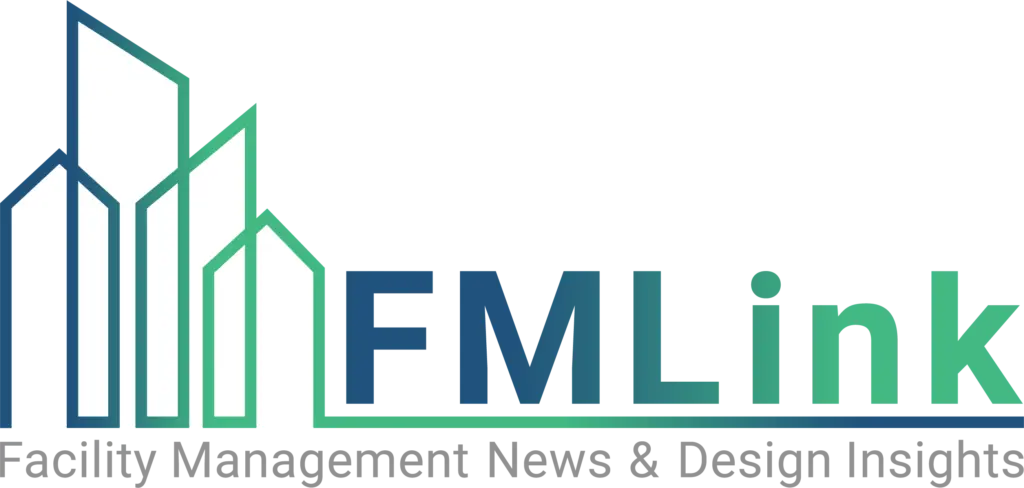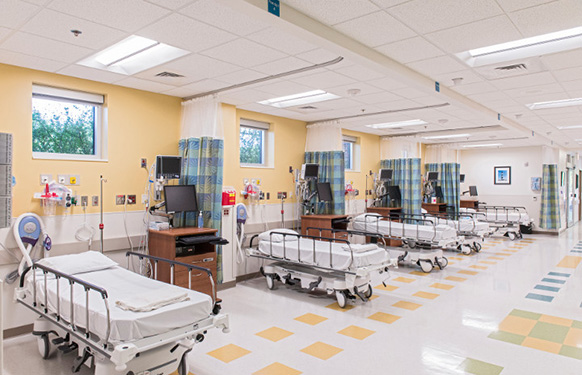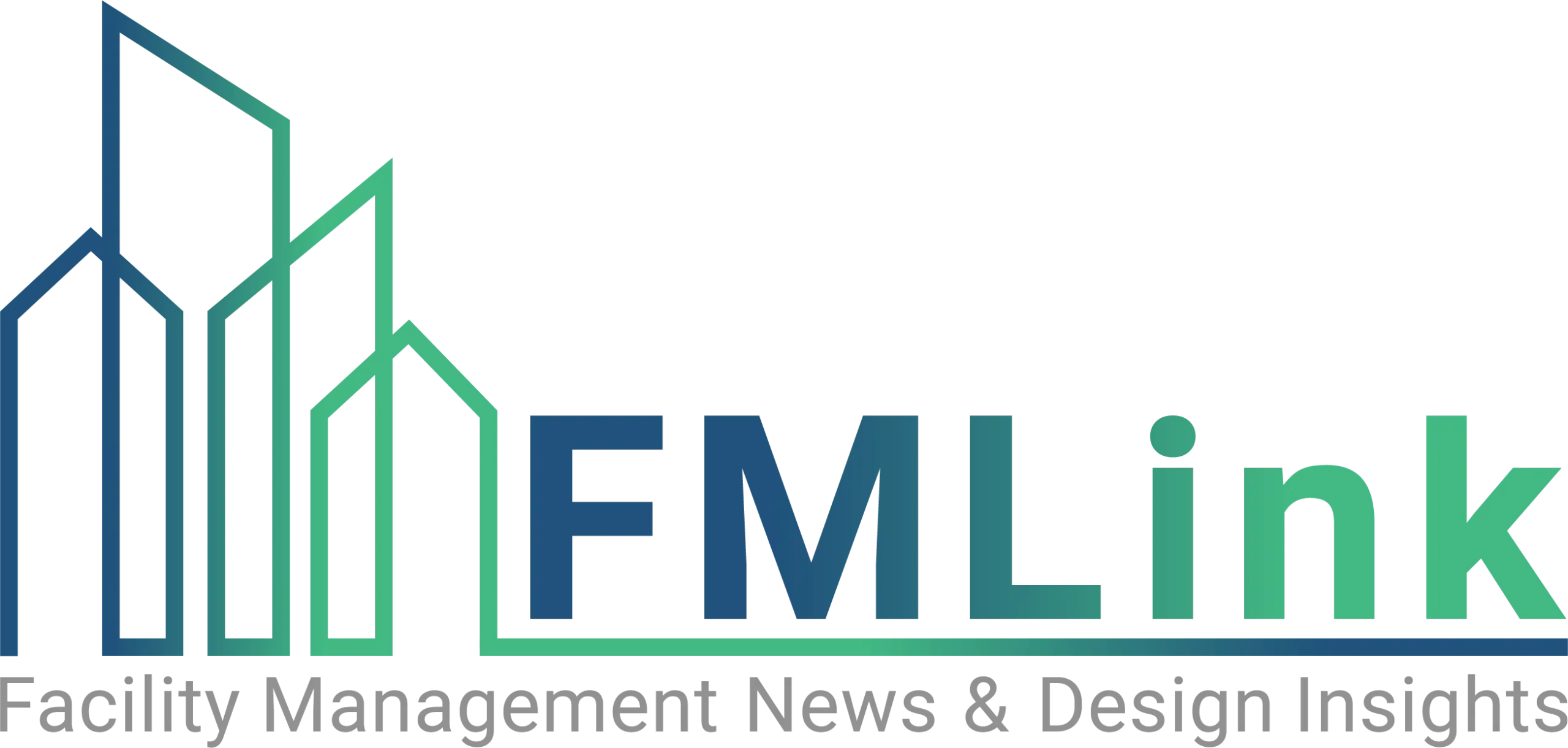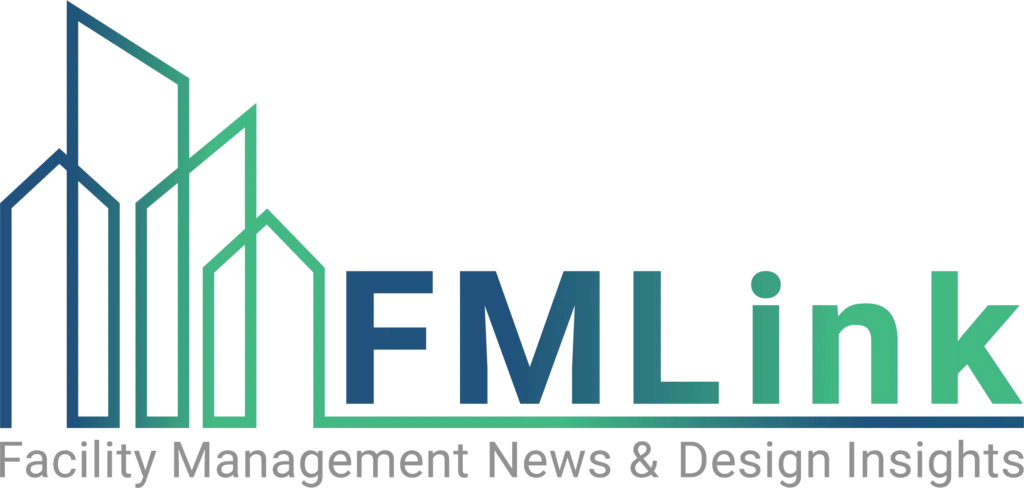Originally published in the September/October 2015 issue of THE LEADER—Population growth and urbanization combined with the development of ‘always on’ technology and communications platforms have created a dramatic change in society over the past few decades. Rather than adjusting our working pattern to align with the digital age, society’s answer has largely been to continue developing energy, building and transport infrastructure to meet demands during short “windows” of peak activity, leaving it underutilized the majority of the time. Here, Alejandro Navarro, Head of Products and Strategy at Source8, the real estate, technology and risk management consultancy, argues that it’s time to consider a change to our working lives.
Most of us have endured the crowded public transportation and gridlock that comes with traveling during the busiest commuting time of the day, or experienced the frustration of trying to get a meeting room exactly when everyone else is using it. Why do we therefore not adopt more flexible working patterns and technologies to reduce peak demand and consumption? More importantly, why do we keep constructing roads, railways, office spaces and energy infrastructure to serve peak demands when so much of this capacity is left unused for so much of the time? The truth is our views of the daily commute, 9-to-5 working period and emphasis on office-based work are from a pre-Internet age; they are outdated and detrimental to our wallets, our cities and our environment. It is time for a change.
Recent statistics in the United States indicate that peak demand for electricity is increasing (currently 1.7 time the average), while overall demand is remaining the same, or even declining. And, in most corporate offices desks are left unused 50 percent of the time on average during working hours. Given such statistics, one has to wonder why we keeping building infrastructure to meet peak demands rather than adjusting our behavior to get better and more efficient use out of what we already have. Source8 believes there are three key reasons why this behavior persists.
First, business norms still largely operate on the convention of 9 to 5, five days a week, and preferably from our office, where colleagues and bosses can ‘see’ us working. This model is reinforced by government working hours, and perpetuated by our education system, which has a very rigid timetable and demand for physical presence.
Second, is the culture of exclusive consumption – whether it be cars, homes or offices, we don’t like sharing. This cultural barrier is slowly being eroded, as seen with the use of hot desks in office spaces, and the rise of renting rather than buying (the service economy).
Finally, in many cases, the cost of using infrastructure at peak times is concealed, either by averaging the price passed on to the consumer or by indirectly subsidizing the use during these periods. Public transport does a better job of pricing for peaks, but roads, office buildings, and other public infrastructure generally employ no differentiation in pricing rates between usage periods.
These factors, combined with the rapid population growth in cities (in 2008, for the first time in history, more than half of the human population was living in urban areas) have created an inexorable pressure on what is already an aging, complex and expensive infrastructure and transport system.
Alternatives to ‘Feeding the Peak’
So how can we go about changing? We suggest that in order to successfully incentivize society to spread peak loads and avoid the continual need to spend more on infrastructure in order to ‘feed the peak’, we need a more holistic view. We need to incorporate economic incentives (via recalculated pricing models which reward non-peak usage); embrace new business models that facilitate renting and sharing of ownership; and exploit the flexibility that technology provides to work anytime, anywhere.
Peak pricing can be very useful in affecting change in behavior. The theory being that if it is too expensive to do something, you will find an alternative. A very successful (and sometimes polemic) use of peak pricing is evidenced by Uber’s “surge pricing” model, where demand dictates price. Another example is Qcue, a start-up that uses predicted and actual demand for sporting events to provide dynamic, rather than fixed, prices for seats, almost ensuring full occupancy and optimal revenue. They currently work with more than 30 teams across Major League Baseball, Major League Soccer, the National Hockey League and the National Basketball Association. A similar approach could be used to reflect, for example, the cost of using office space at peak times versus periods of low utilization, such as evenings and weekends.
For price to produce a significant impact in changing behavior though, realistic alternatives must exist. The rather unpopular London Congestion Charge, which charges most motor vehicles a tax when driving through central London between 7 a.m. and 6 p.m. on weekdays, is successful in part because public transport offers a practical alternative to driving. In contrast, the high price of peak-hour commuting does not seem to deter travel during this period, possibly due to the lack of real alternatives. In fact, over 25 percent of all commuters traveling into central London do so in one single hour, between 8 a.m. and 9 a.m.
The Role of Technology
Technology plays a huge role in shifting behaviors. It has already created substitutions to commuting and office space by allowing remote working. Yet, the number of people working outside the office is still small, and the pace of adoption seems to be leveling off, perhaps because digital communication remains a less natural and more fatiguing medium than face-to-face interaction. Even organizations that pioneered the practice are reaching a plateau, and other industries remain reticent to adopt it in a meaningful way.
Remote, flexible working will likely regain support as key technologies mature, become more user-friendly and offer a more immersive communication that enables natural experiences and interactions. Additionally, big data analytics and the “Internet of Things” will provide more and more insights to individuals and organizations about the best times to conduct an activity, such as commuting. Some airports, for example, are starting to provide passengers with information about waiting times at checkpoints, taxi lanes and even restaurants, so that passengers can choose less-crowded environments, or wait until the crowds subside.
The Bottom Line for Corporate Real Estate
Why is this relevant for corporate real estate (CRE)? Occupiers, landlords and CRE advisors need to accept that a future reduction of the demand on peak times is both necessary and inevitable. Ultimately, the rise of the “sharing” economy and remote working means a more flexible and agile use of work space. While this will mean less square footage per employee, companies that develop more intelligent, sophisticated and engaging spaces will gain a competitive advantage and higher return of investment. Sharedesk, WeWork, HireSpace, Zipcube and LiquidSpace are all examples of start-ups enabling businesses and people in need of temporary or occasional office space, desks and meetings rooms. And, inversely some of these services allow businesses to list their available office space as well, an ideal solution for companies with permanent or temporary low-space utilization.
In order to meet societal goals, this shift in behaviors will necessitate intelligent pricing, the adoption of technologies that facilitate remote collaboration and better insight for decision-making, as well as a cultural shift away from exclusive consumption and rigid working practices.





